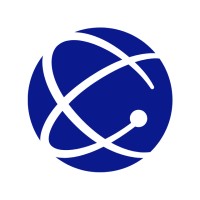
Los Alamos National Laboratory
Los Alamos National Laboratory is one of the world’s most innovative multidisciplinary research institutions. We're engaged in strategic science on behalf of national security to ensure the safety and reliability of the U.S. nuclear stockpile. Our workforce specializes in a wide range of progressive science, technology and engineering across many exciting fields, including space exploration, geophysics, renewable energy, supercomputing, medicine and nanotechnology.






